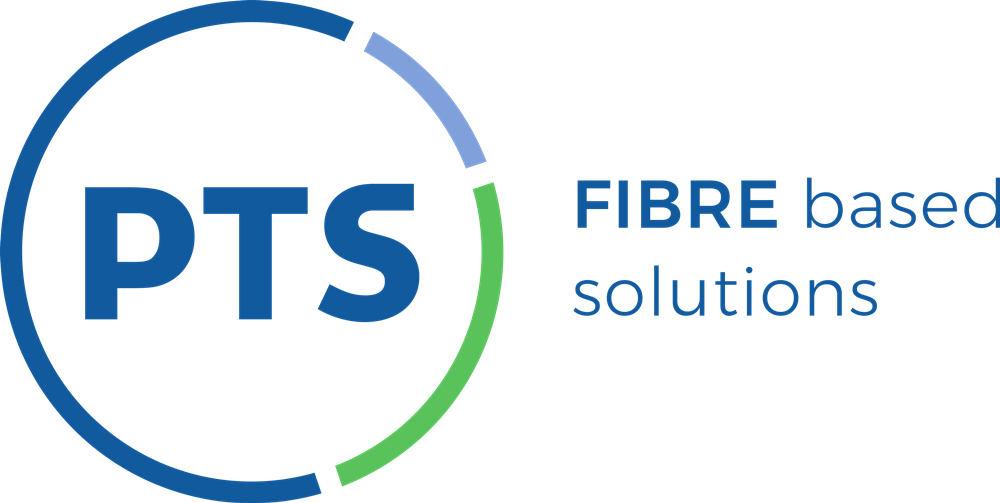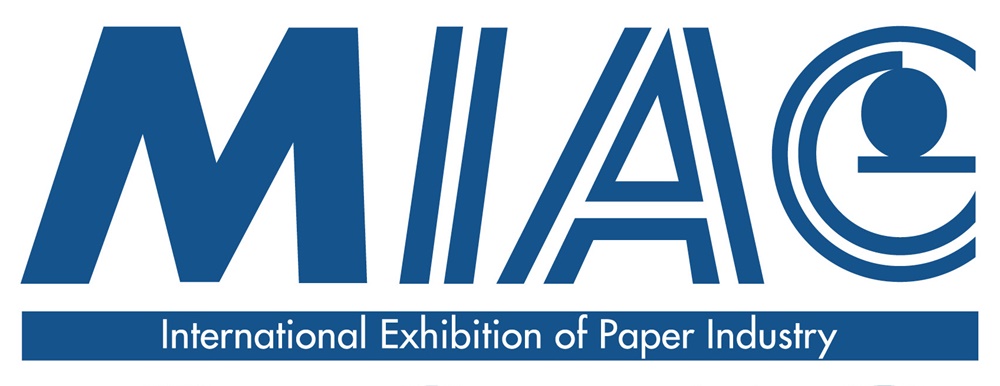NEWS
Innovation to add new value for $425 billion fibre-based packaging market through to 2027
The sustainability agenda means corrugated board, folding cartons, moulded pulp, flexible and speciality papers, are all receiving new interest from packaging buyers. Worth a total of $425.4 billion in 2022, each of these have their own established places in the world market, but the need to implement more sustainable packaging strategies is pushing innovation and opening new higher-value applications.
A dedicated new study from Smithers – The Future of Fibre-based Packaging to 2027 – examines how multiple factors will interact to push worldwide demand to a value of $503.4 billion in 2027, equivalent to a compound annual growth rate (CAGR) of 3.4%. Across the same period total weight of fibre packaging will increase from 264.4 million tonnes (2022) to 316.3 million tonnes (2027), a CAGR of 3.7%.
Retailers and major FMCG companies have signed commitments to make their packaging portfolios more sustainable. Paperboard and other fibre formats are readily understood to be recyclable by consumers, making these an increasingly popular option. This deep trend is being supported by official commitments to phase-out single-use plastics; with more jurisdictions copying legislation pioneered in the EU, France, and California.
Smithers examines the current state-of-the-art for fibre-based packaging design, including profiles of the latest paperboard formats that are being developed to replace single-use polymer packs for food, personal care goods, and beverages. This is posing direct technical challenges.
- In food there is a need to develop superior functional barrier coatings that can protect fibre materials from grease, oil, and water, while preserving perishable goods. This has led to many paper converters launching new specialty barrier paper grades for use in pouch packaging and food-service applications. These are already gaining traction in segments like fresh produce and confectionery; greater diversification will happen as further improvements are made in coating performance
- In beverages, liquid paperboard manufacturers are experimenting with steps like removing aluminium barrier layers, and high-profile brands – including Absolut, Carlsberg, and Unilever (Lenor) – have trialled fibre-based bottles. Both approaches still rely on polymer-based barrier layers and the emphasis is to design these to be easy to remove in existing material recovery streams, without damaging the recovered fibres
- For personal care goods, there is a parallel trend to develop fibre-based packaging materials that can replicate the premium look and feel of existing polymer formats
- Industrial and transit packaging is also using more fibre-based alternatives, especially in protective components and dunnage in direct-to-consumer e-commerce channels.
While innovation will lead to incremental gains for all fibre packaging types across the next five years, one of the strongest growth trajectories is forecast for moulded pulp/fibre. Multiple line expansions are underway to meet the demand for a more sustainable alternative to thermoformed plastics, employing new coatings and faster production technology.
The current and future demand for all fibre packaging (flexibles, sack & kraft grades, folding cartons, corrugated, coreboard, food & cupstock, moulded pulp, liquid paperboard, composite formats) is available to purchase now in The Future of Fibre-based Packaging to 2027. The market is quantified (by value and volume) in an exclusive data set with over 350 tables and figures; segmented by fibre packaging type, end-use application, geographic and regional market.
This is contextualised by expert analysis of the current and future market trends in pulp and packaging supply; technical barriers to diversification; regulatory developments, and strategy profiles of the leading 20 global paper companies.








